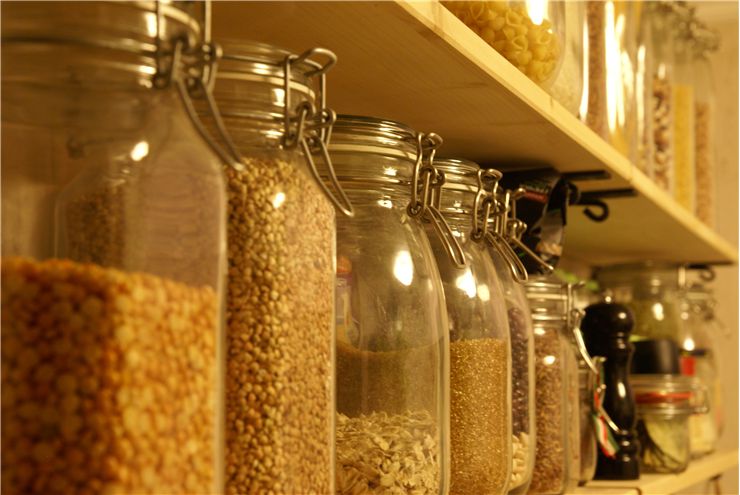Different Types of Cereals and Grains
Term “cereals” is used for two things – as a “sort-of” synonym for “grains” and for “breakfast cereals”. We will talk about both here.
Cereal (coming from “Ceres” which was the ancient Roman goddess of agriculture) is basically grass but cultivated and grown for the edible components of its grain. They are a rich source of vitamins, minerals, carbohydrates, fats, oils, and protein if they are used as whole gran (which is their natural form). If they are refined they lose most of their useful parts and are left with carbohydrates.
Some of the world cereals:
- Maize - or corn is a staple food of people in the Americas, and Africa> It is also used for food of livestock around the world and is mainly used for that.
- Rice - grows in tropical and some temperate parts of the world. It is staple food in many parts of the world like Far East, South Asia, and Latin America. It has the third-highest worldwide production, after sugarcane and corn.
- Wheat - primarily grows in temperate regions and it is a staple food there.
- Barley - where wheat cannot grow, barley can. It is grown for malting and as food for livestock.
- Sorghum - staple food in Asia and Africa especially among the poor. It is also used as food for livestock.
- Oats - once popular worldwide as a winter breakfast food and food for livestock it is today used in cereals and is famous for that.
- Rye - grown in cold climate and used for food and as an ingredient in alcoholic drinks.
Breakfast cereals can be divided in five categories:
- Hot Cereals - served and eaten hot, they can be wholesome and unsweetened and sugary and processed. Unsweetened version is healthier and it can be enriched with much healthier variants like honey and fruit.
- Whole-Grain Cereal – healthier variant because (as we said) it has much more vitamins, minerals and other useful stuff for human body. It can help reduce cholesterol and sugar in blood and prevent overeating among other things.
- Bran Cereal – has much higher quantities of insolvable fiber. It helps digestion and prevents constipation. It also gives filling of satiety which lasts longer eliminating the need for food for a longer time.
- Sugary Cereal – cereal with high (sometimes too high) quantities of sugar. Targeted at children, it is highly processed (which means not much of useful ingredients is in there), and has large amounts of additives and preservatives.
- Organic Cereal – an imprecise term but nevertheless used to describe cereals that don't use pesticides, artificial fertilizers, and no genetically modified ingredients. Their sweeteners are also natural (like honey for instance).
Some of the most popular breakfast cereals (note that we said “popular”, not “high-quality”) are:
- Frosted Flakes (by Kellogg's)
- Cap'n Crunch (by Quaker Oats)
- Lucky Charms (General Mills)
- Honey Nut Cheerios (General Mills)
- Cinnamon Toast Crunch (General Mills and Nestlé)
- Froot Loops (Kellogg's)
- Apple Jacks (Kellogg's),
- Cap'n Crunch's Crunch Berries (Quaker Oats)
- Rice Krispies (Kellogg's)
- Cocoa Puffs (General Mills)
- Raisin Bran (Kellogg's)
- Corn Pops (Kellogg's)
